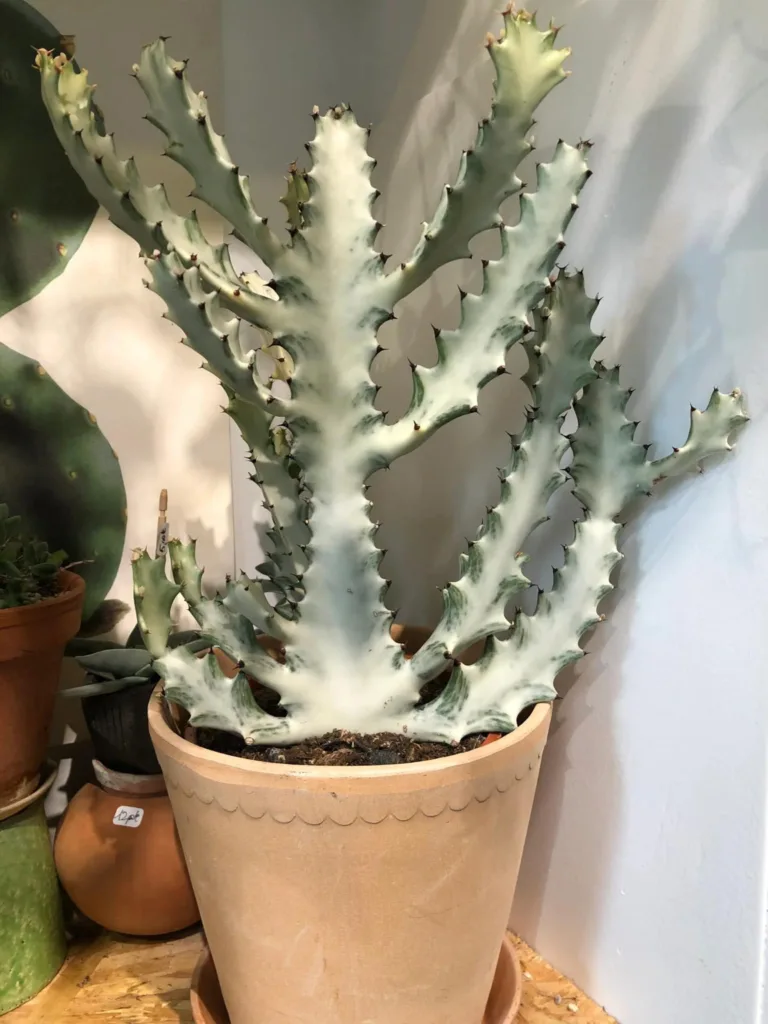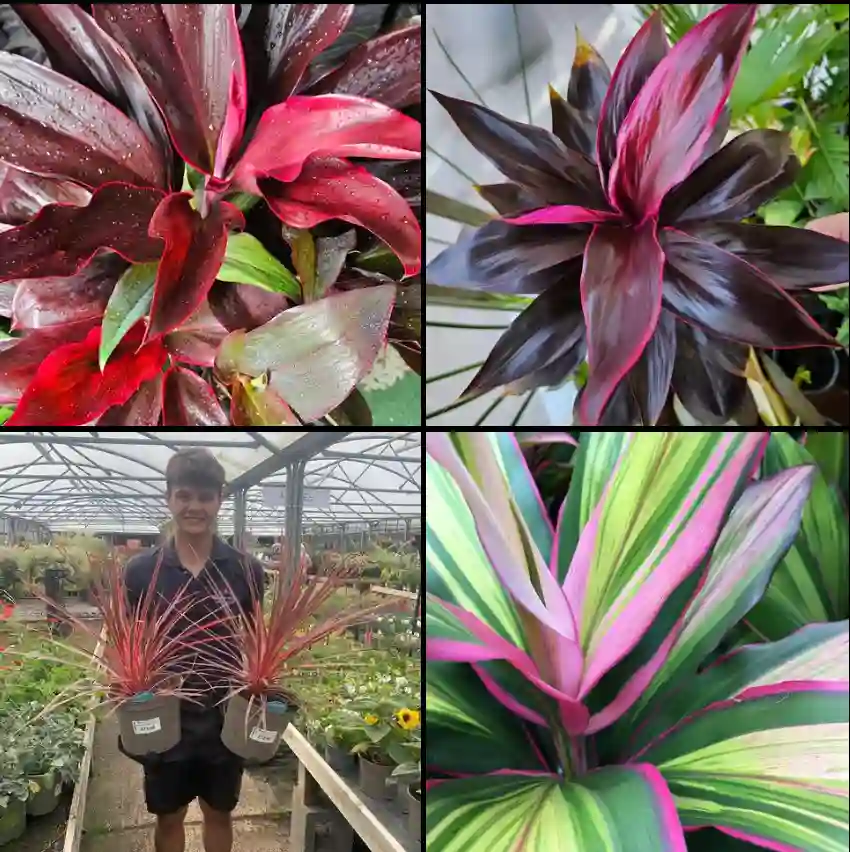Exploring the Rhamnaceae Family: A Personal Journey
As a plant enthusiast, I often find myself captivated by the vast diversity of plant families. One that has recently piqued my interest is the Rhamnaceae family, commonly known as the buckthorn or jujube family. This fascinating family comprises various genera and species, each with unique characteristics and uses. In this article, I want to share my journey of discovery through this family, delving into its significance and the genera that stand out to me.
Understanding the Rhamnaceae Family
The Rhamnaceae family consists of about 65 genera and approximately 600 species. These plants are primarily found in temperate and tropical regions around the world. What I find particularly interesting is the versatility of this family; it includes everything from shrubs and trees to climbing vines. Many species are known for their hardiness and ability to thrive in various environmental conditions, making them a popular choice for landscaping and erosion control.
- Adolphia Meisn.
- Alphitonia Reissek ex Endl.
- Alvimiantha Grey-Wilson
- Ampelozizyphus Ducke
- Araracuara Fern.Alonso
- Auerodendron Urb.
- Bathiorhamnus Capuron
- Berchemia Neck. ex DC.
- Berchemiella Nakai
- Blackallia C.A.Gardner
- Ceanothus L. – 73 Species in Genus Ceanothus
- Colletia Comm. ex Juss.
- Colubrina Rich. ex Brongn.
- Conalma G.L.Nesom
- Condalia Cav.
- Condaliopsis (Weberb.) Suess.
- Crumenaria Mart.
- Cryptandra Sm.
- Discaria Hook.
- Doerpfeldia Urb.
- Emmenosperma F.Muell.
- Fenghwaia G.T.Wang & R.J.Wang
- Frangula Mill.
- Gouania Jacq.
- Granitites Rye
- Helinus E.Mey. ex Endl.
- Hovenia Thunb.
- Jaffrea H.C.Hopkins & Pillon
- Johnstonalia Tortosa
- Karwinskia Zucc.
- Kentrothamnus Suess. & Overkott
- Krugiodendron Urb.
- Lasiodiscus Hook.f.
- Maesopsis Engl.
- Nesiota Hook.f.
- Noltea Rchb.
- Ochetophila Poepp. ex Endl.
- Oreorhamnus Ridl.
- Paliurus Mill.
- Papistylus Kellermann, Rye & K.R.Thiele
- Phylica L.
- Phyllogeiton (Weberb.) Herzog
- Polianthion K.R.Thiele
- Pomaderris Labill.
- Pseudoziziphus Hauenschild
- Reissekia Endl.
- Retanilla (DC.) Brongn.
- Reynosia Griseb.
- Rhamnella Miq.
- Rhamnidium Reissek
- Rhamnus L. – 148 Species in Genus Rhamnus
- Sageretia Brongn.
- Sarcomphalus P.Browne
- Schistocarpaea F.Muell.
- Scutia (Comm. ex DC.) Brongn.
- Serichonus K.R.Thiele
- Siegfriedia C.A.Gardner
- Smythea Seem.
- Spyridium Fenzl
- Stenanthemum Reissek
- Trevoa Miers ex Hook.
- Trichocephalus Brongn.
- Trymalium Fenzl
- Ventilago Gaertn.
- Ziziphus Mill. – 68 Species in Genus Ziziphus
Ecological Importance of Rhamnaceae
One of the most fascinating aspects of the Rhamnaceae family is its ecological significance. Many species are vital in their ecosystems, providing food for birds and other wildlife. In my backyard, I’ve observed how native plants related to this family support local biodiversity.
I’ve also come to understand the role that some Rhamnaceae species play in soil stabilization. Their extensive root systems help prevent erosion, making them valuable for restoring degraded landscapes. It’s incredible to see how planting a single species can impact the surrounding environment positively.
Cultivating Rhamnaceae in Home Gardens
If you’re considering incorporating Rhamnaceae species into your garden, there are several factors to keep in mind. Firstly, understanding your local climate and soil conditions is crucial. For instance, jujube trees thrive in warmer climates, while common buckthorn can adapt to various conditions.
I recommend starting with native species, as they tend to require less maintenance and are more beneficial for local wildlife. By creating a diverse garden that includes plants from the Rhamnaceae family, you’ll contribute to the health of your local ecosystem while enjoying the beauty and functionality these plants provide.
Conclusion: Embracing the Diversity of Rhamnaceae
In conclusion, my exploration of the Rhamnaceae family has opened my eyes to the incredible diversity and ecological importance of this plant family. From the versatile buckthorn species to the delightful jujube, I have found joy in learning about these plants and their roles in our environment. As I continue to grow my collection, I encourage others to appreciate and embrace the wonders of the Rhamnaceae family. Whether you’re a seasoned gardener or just starting, there’s always something new to discover in the world of plants.
If i die, water my plants!



